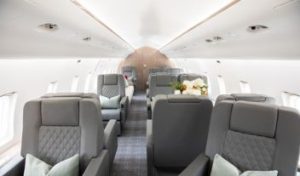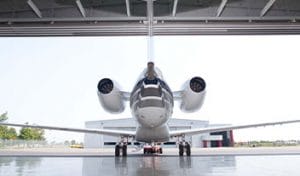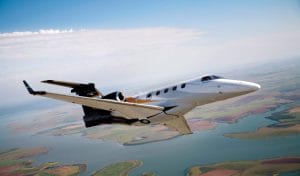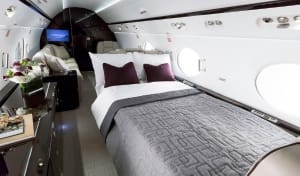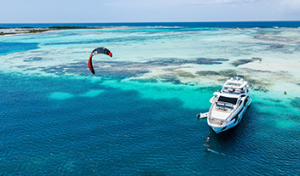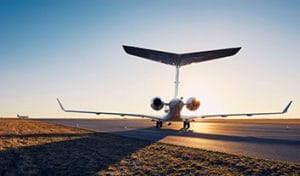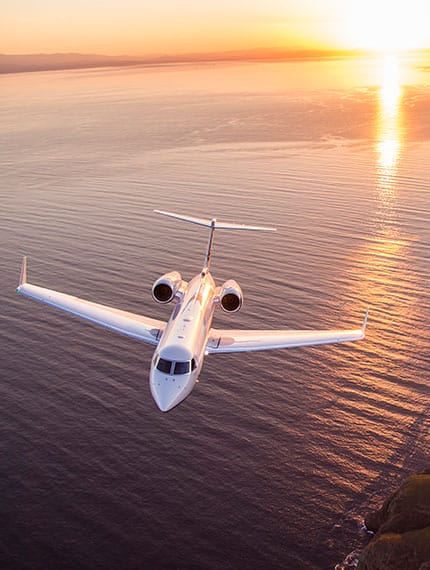Access Thousands of Aircraft
At Magellan Jets, we recognize that every journey is personal. That's why our asset light structure allows us to offer you any type of aircraft you may need from luxurious heavy aircraft to elite helicopters.
Compare Aircraft
Want to see the ins and outs of each plane? Learn about jet categories and compare specific aircraft options.
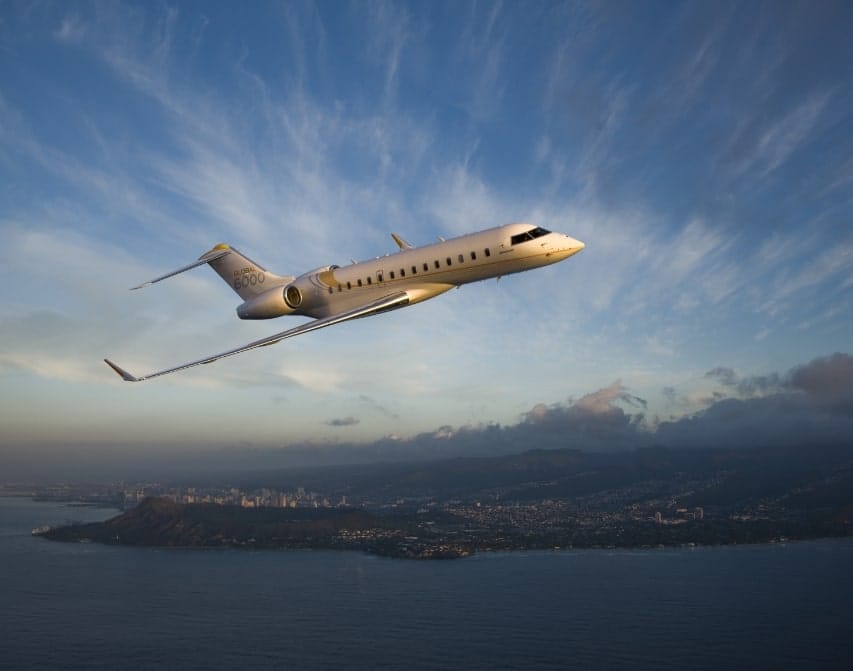
Heavy Jets
The largest and most luxurious aircraft fall into the heavy jet category. These aircraft are capable of trans-Atlantic travel, flying routes between the United States and Europe.
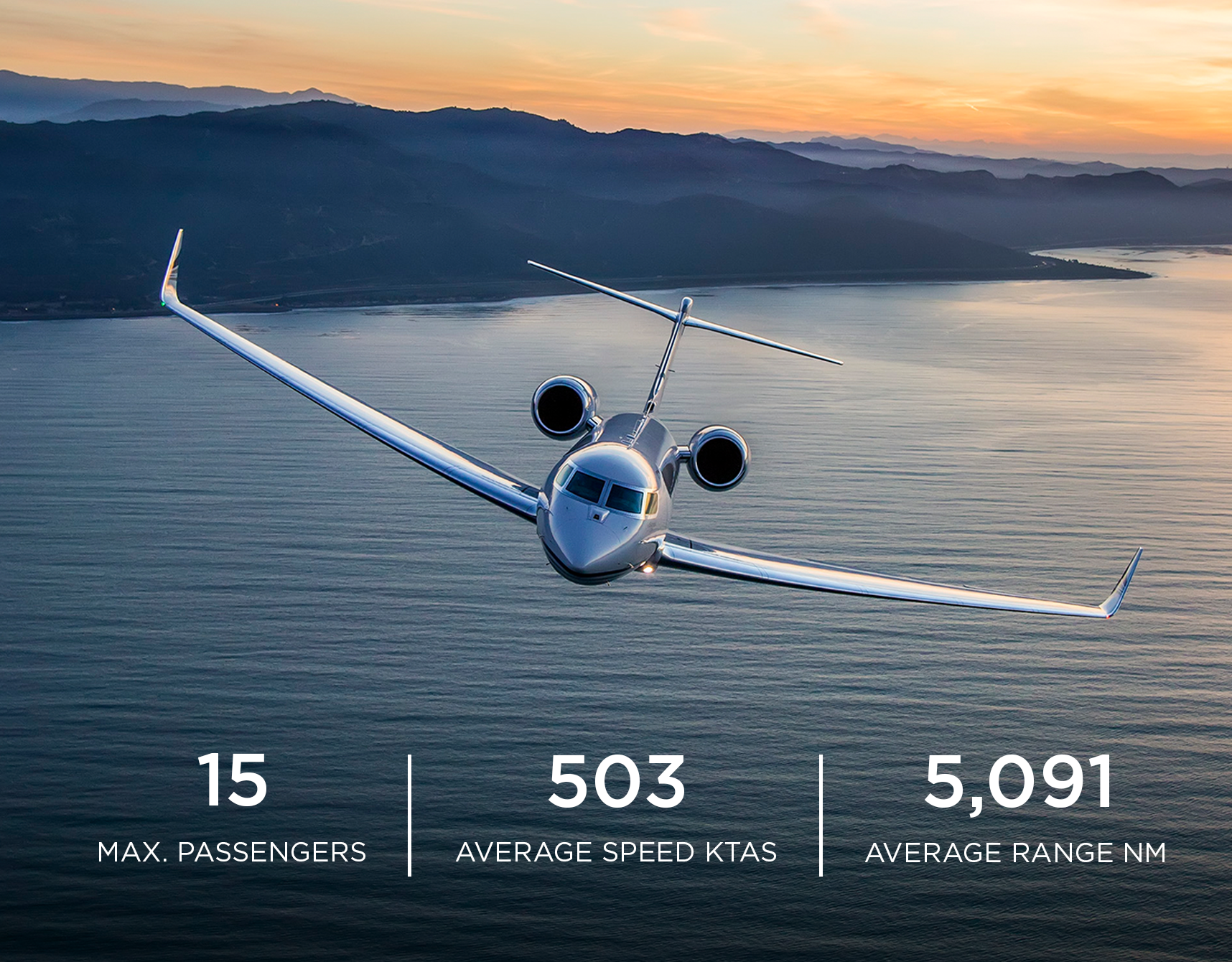
Super-Mid Jets
Many super-mid jets can comfortably fly coast to coast without refueling. Most are equipped with a small galley, Wi-Fi, cabin entertainment, and have even more room in the cabin to conduct business or just relax with family and friend in comfort and style.

Mid-Size Jets
The mid-size jet category is ideal for people who desire more cabin space and are looking for longer trips than the light category.
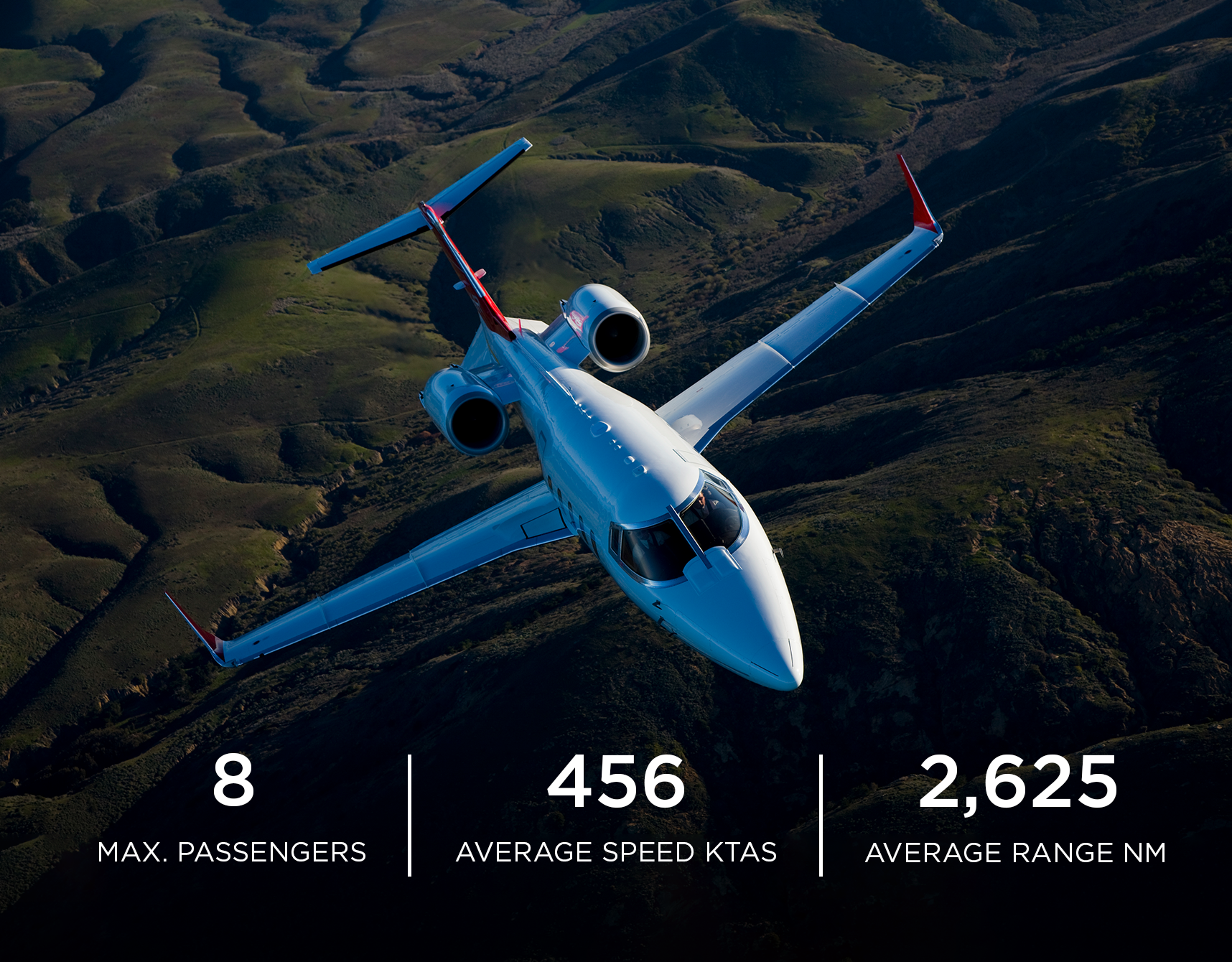
Light Jets
Modern light jets are quiet, comfortable and efficient. Equipped with private enclosed lavatories and other amenities, a light jet can be a great option for travel between locations such as New York to Florida, Los Angeles to Denver, or Dallas to Chicago.
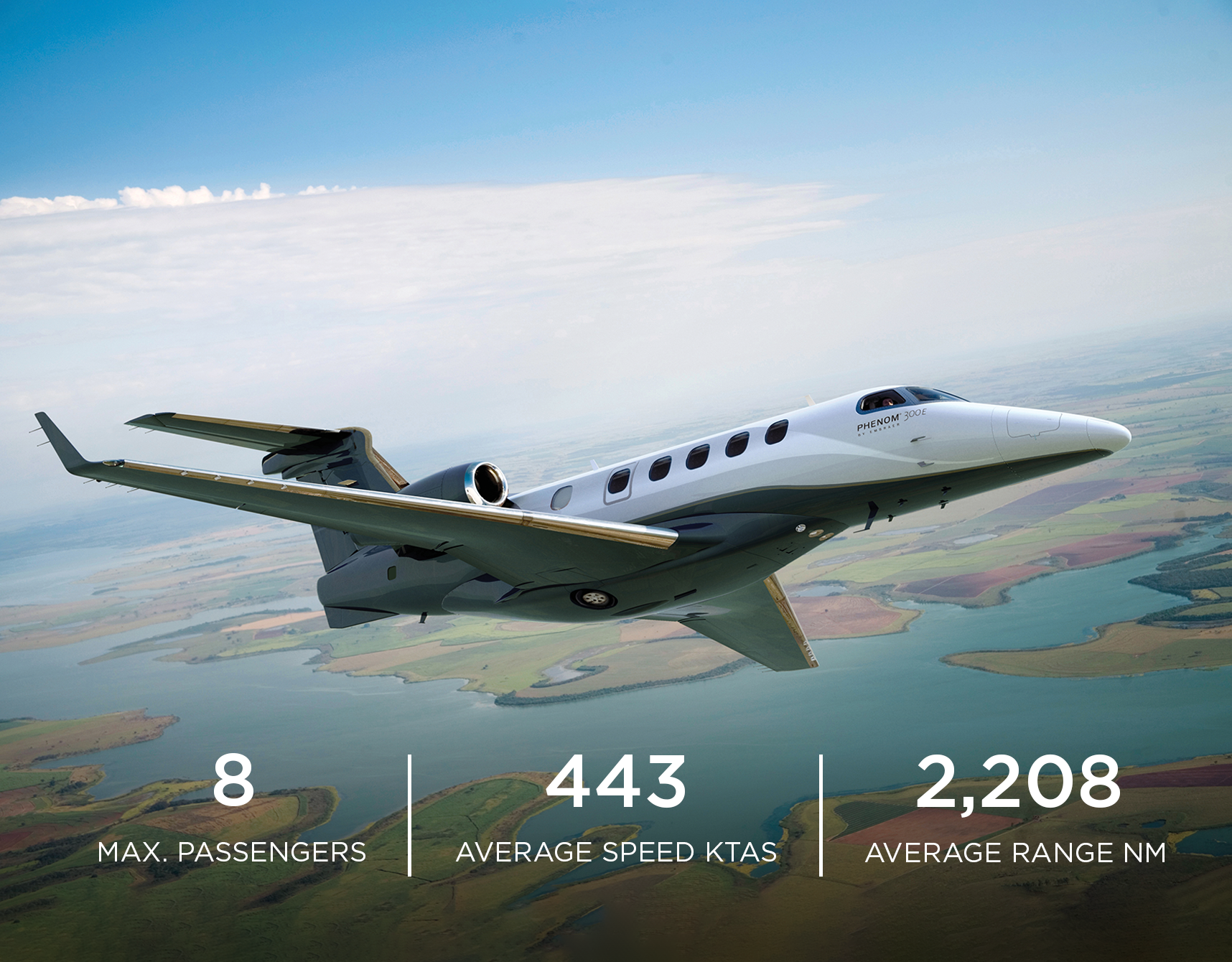
Highest Safety Standards
The Magellan Jets Preferred Network is made up of operators who have been fully vetted by our Aircraft Sourcing and Flight Support teams. They have the correct certificates of insurance and have gone through a rigorous background check just to make it in. And then once they’re in our network, that doesn’t mean they’re all set and good forever. We’re constantly doing an audit of those operators, making sure that they’re living up to the requirements that we set forth.
Before every flight we verify every safety detail, including:
- A minimum of a 42 point checklist for every flight segment
- Background Checks
- Safety Checks
- Vetting of the flight crew performing the mission
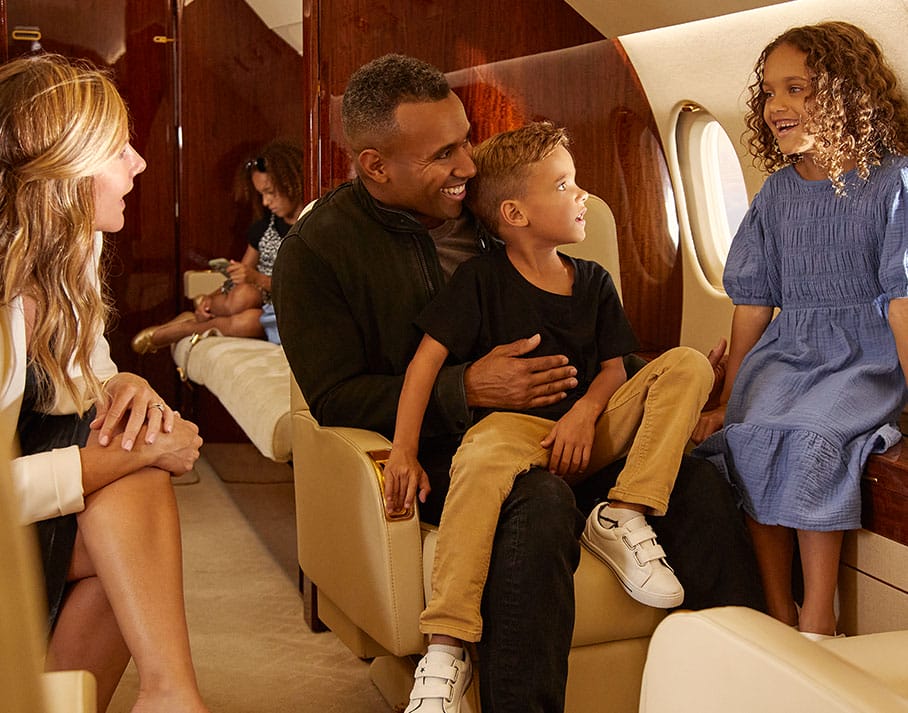
Ready to Take Flight?
Connect with a Private Aviation Advisor today.


